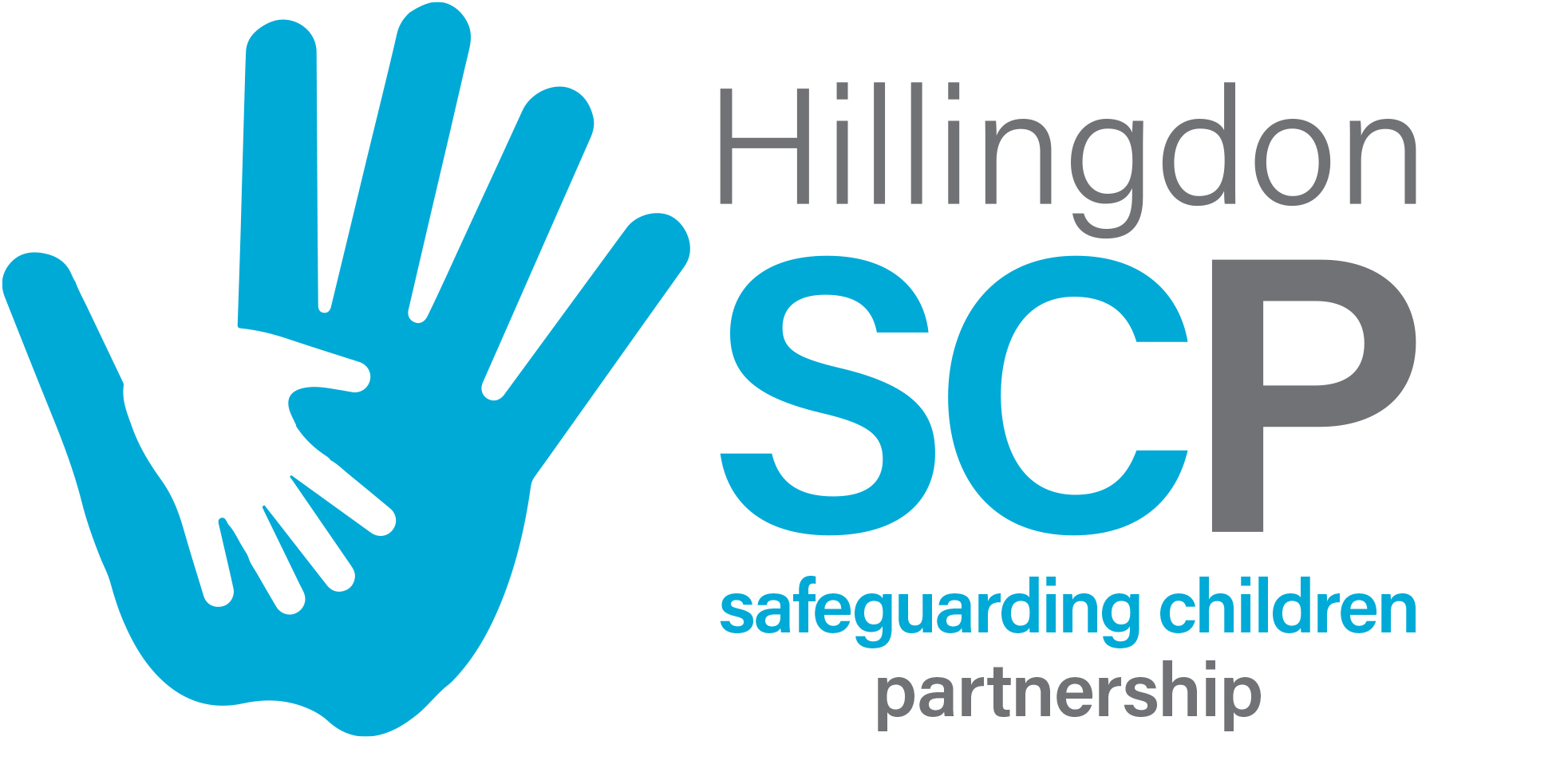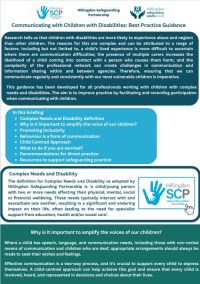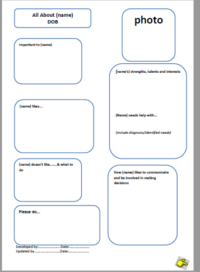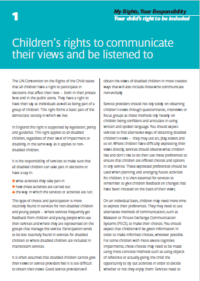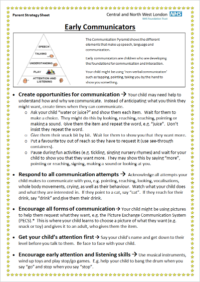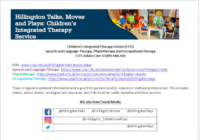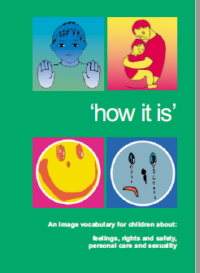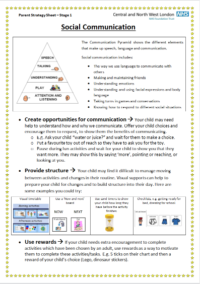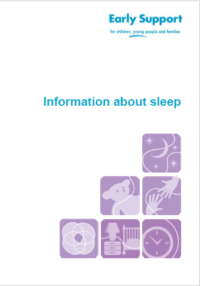Safeguarding Children with Disabilities
The presence of a disability increases the vulnerability of children to abuse and neglect. This is a position that is well evidenced in research and reflected across the breadth of legislation, statutory guidance, and agency policies and procedures.
Children with disabilities are also less likely to receive the protection and support they need when they have been abused. Children with complex needs and disability also have an increased risk of suffering harm through abuse linked to contextual safeguarding, and in the online space. A disability can reduce the capacity of children to recognise that abuse is taking place and to seek help and support.
Key Messages for Good Practice
Professional curiosity is the capacity and communication skill to explore, challenge and understand what is happening within a family rather than making assumptions or accepting things at face value.
It involves practising and taking a respectfully uncertain approach, considering ‘what is the meaning of what I know for this child’
Seeking Children’s Views children can use a variety of methods to communicate, these can include British Sign Language, Makaton, PECS, verbal and non-verbal communication and behaviour. Where children communicate non-verbally careful observation will usually assist in understanding their wishes and feelings.
Think Family Hillingdon Safeguarding Partnership utilises a Think Family approach across all agencies. This ensures that we consider the child, parent, and family as a whole. All practitioners should be alert to any issues that could affect a parent’s capacity to meet the needs of their child.
Communication
Where a child/young person has speech, language, and communication needs, including those with non-verbal means of communication and children who are deaf, appropriate arrangements should be made to seek their wishes and feelings. Where a child, or parent, uses English as an additional language the services of an interpreter should be sought. This is particularly important when sharing complex health/care information.
We recognise that seeking the views of children that use non-verbal communication can be more challenging for practitioners and have collated some resources that we hope will assist with this.
Top Tips
- Reduce background noise and distractions
- Allow time to get to know the child
- Seek advice from others who know the child
- Establish if, and how, the child communicates ‘yes’ and ‘no
- Observe – what does the child’s body language communicate?
- Use simple language, pictures or objects
- When you ask a question, wait for a reply
- Check your understanding with the child, or someone who knows them well
Downloads:
